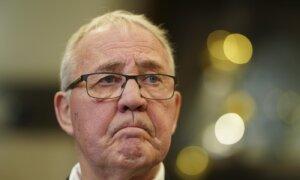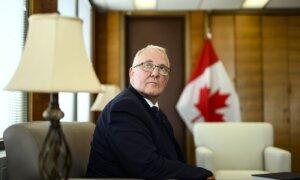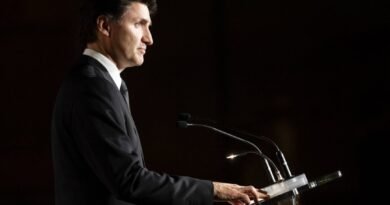Defense Minister Justifies Not Reaching NATO Spending Goal
Defence Minister Bill Blair asserts that his government’s investments in the military stand in stark contrast to the “very dark days” of the previous administration, despite not presenting a plan to meet NATO’s spending target.
Mr. Blair addressed the House of Commons national defence committee on April 15 to discuss Ottawa’s defence policy update, with MPs questioning the lack of action being taken.
“There’s no sense of urgency here,” remarked Tory MP James Bezan, the party’s defence critic. Mr. Bezan highlighted the multiple crises happening globally, from Ukraine to the Middle East, as well as domestic issues such as military personnel relying on food banks.
Mr. Bezan queried the minister about the absence of a commitment in the policy update to reach NATO’s defence budget target of at least 2 percent of GDP.
Since assuming office in 2015, Mr. Blair stated that his government has boosted defence spending by almost 70 percent.
He informed Mr. Bezan that by 2029, defence spending would have nearly tripled compared to the “very dark days of 2014,” when defence spending had dropped below 1 percent of GDP, coinciding with Bezan’s tenure as parliamentary secretary of defence.
Dollars are also allotted to support military members through a $295 million housing strategy over 20 years and $100 million over five years to enhance childcare on military bases.
The issue of military spending for NATO allies gained attention in February when former U.S. President Donald Trump suggested he would not defend a NATO member that does not sufficiently fund its own defence.
“We are making real progress: European Allies are spending more,” he remarked. “However, some allies still have a ways to go.”
U.S. Ambassador to NATO Julianne Smith told CTV News in February that Canada is the sole country without a plan to reach the 2 percent target.
The current highest spenders are Poland (3.92 percent), the U.S. (3.24 percent), and Greece (3.05 percent). Only Luxembourg (1.01 percent), Belgium (1.21 percent), and Spain (1.24 percent) allocate less than Canada.





